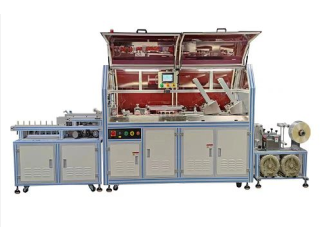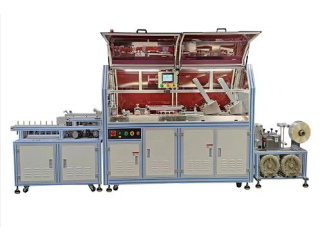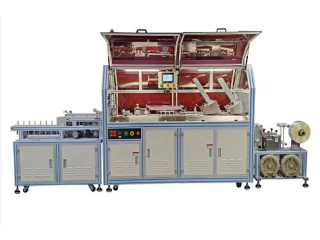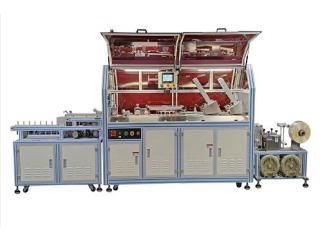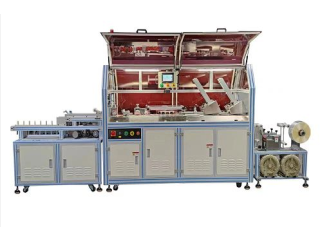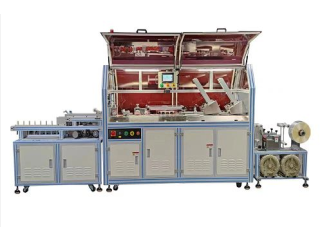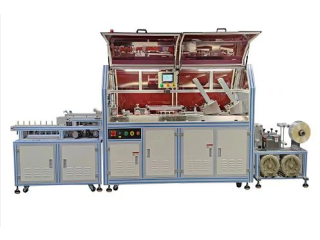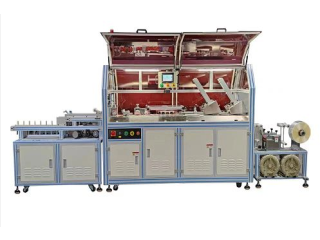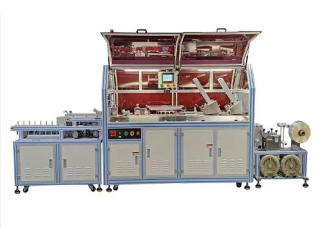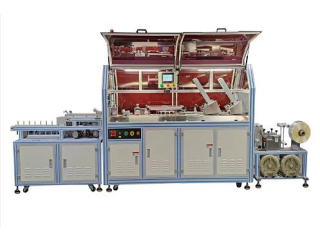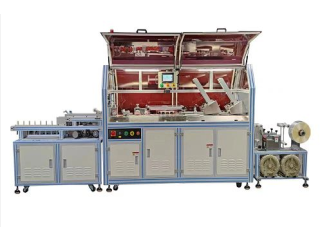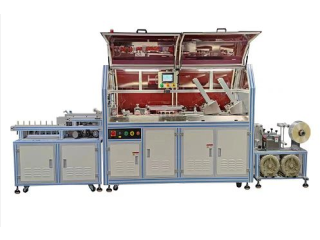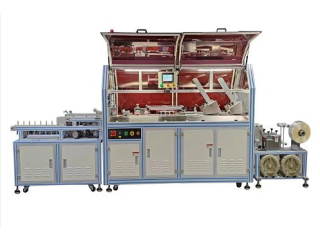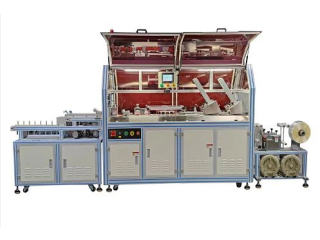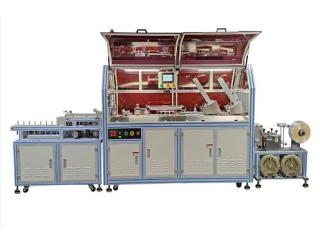Awind-thermal
Oct 13th, 2022 at 10:37 Automobiles Battagram 124 viewsHeat sink can be also spelled heatsink, which is a passive heat exchanger that can transfer the heat generated by electronic or mechanical equipment to a fluid medium (usually air or liquid coolant), and then dissipate from the equipment to regulate the temperature of the equipment. In computers, heat sinks are used to cool CPUs, GPUs, certain chipsets, and RAM modules. The heat sink is used in high-power semiconductor devices (like power transistors) and optoelectronic devices (like lasers and LEDs), where the heat dissipation capacity of the component itself is insufficient to regulate its temperature.
Heat pipe heat sink is composed of a sealing tube, suction core, and steam channel. The suction core is surrounded on the wall of the sealed tube and impregnated with a saturated volatile liquid. The liquid can be distilled water, ammonia, methanol or acetone. The heat pipe heat sink filled with liquid such as ammonia, methanol and acetone still has good heat dissipation ability at low temperature. When the heat pipe heat sink is running, its evaporation section absorbs the heat generated by the heat source ( power semiconductor device, etc.), making the liquid in its wick boil to steam. The heated steam moves from the evaporating section of the heat pipe heat sink to its cooling section, where it condenses into a liquid. The condensed liquid is then returned to the evaporation section through the capillary action of the suction core on the wall, so as to repeat the above cycle process of continuous heat dissipation.
Bonded fins technique is a conventional high power large heat sink manufacturing technique. Bonded heat sink may have the bad phenomenon of loose heat sink fins, especially with thick heat sink fins, which will loose or even fall off at a higher rate. A bonded fin heat sink has a few advantages over other heat sink technologies. For one, the aspect ratio between the fin gap and fin height exceeds anything you can produce with extrusion. You can get a 60:1 ratio with a bonded fin assembly, where extrusions can only get up to a 20:1 ratio.
The cold forged heat sink is a good choice for casting complex shapes with excellent thermal conductivity. The cold forging process allows almost perfect straightness of more fins per square millimeter. The shapes of cold-forged heat sinks include a plate-fin heat sink,round pin heatsink, and oval fin heat sinks.
Offering reduced thermal resistance of up to 60%, folded fin heat sinks are a high-performance method of meeting your cooling needs. Manufactured by folding one continuous sheet of metal in a wave pattern to maximize cooling surface area, the folded fins are then attached to the heatsink base by brazing, solder, or epoxy resin.
Zipper fin heat sinks are a great heat transfer solution. While Lori uses them in the simplest form, zipper fin has a wide range of applications and design flexibility. The zipper fin heat sink can add additional strength to the heat sink and can allow for different shapes of the stamped fins. The stamped die fins are then smoothed with a sanding belt, and these stamped fins are then attached to a heatsink base typically using solder.
A vapor chamber sometimes called a planar heat pipe or a vapor chamber heat spreader, is a two-phase device used to spread heat from a heat source to a heat sink. For electronics cooling applications, the heat transfer is usually to a heat sink in very close proximity to the heat source; a local as opposed to a remote heat sink.


